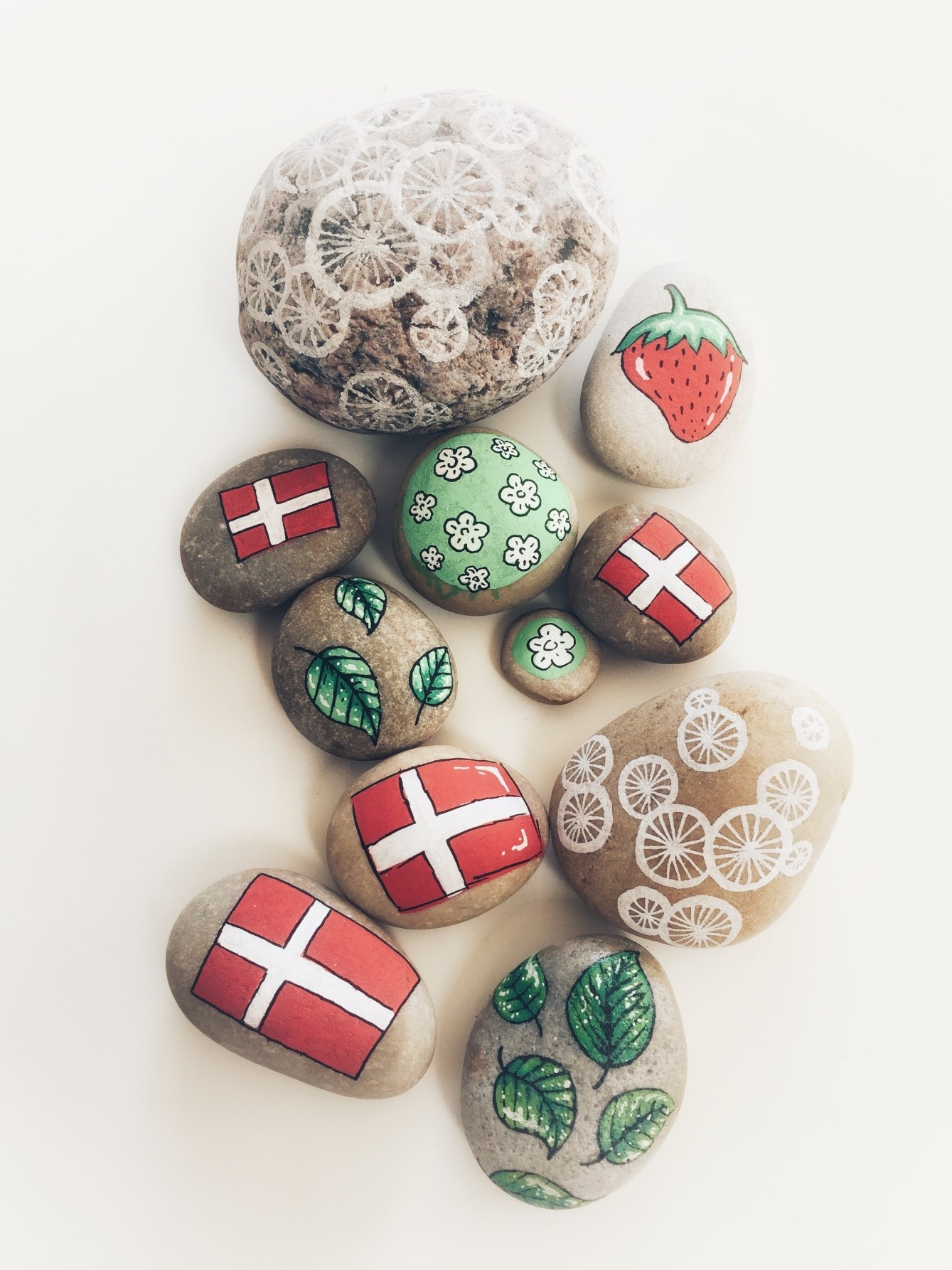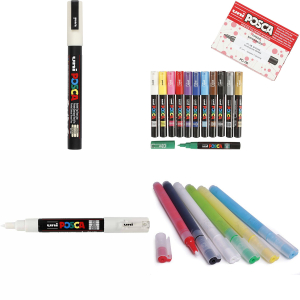Wie man auf Steine malt

Sowohl Kinder als auch Erwachsene können ihre kreativen Fähigkeiten durch das Malen von schönen Mustern und Motiven auf Stein ideal entfalten. Hier erhältst du eine Anleitung, wie du beim Malen auf Stein die besten Resultate erzielst. Natürlich kannst du einzelne Schritte überspringen, doch wenn deine Steinemalerei so lange wie möglich strahlen sol, macht es Sinn, die Anleitung komplett zu befolgen.
Du benötigst:
• Einen glatten Stein
• Bleistift
• Permanent Fineliner
• Acrylfarbe oder Stift
• Eventuell Pinsel
• Lack
1. Finde einen passenden Stein
Am einfachsten malt es sich auf Steinen, die eine glatte und flache Oberfläche haben.Wähle einen Stein aus, dessen Fläche nicht zu klein ist, damit du gut auf der Oberfläche arbeiten kannst. Je größer der Stein, umso einfacher kannst du dein Design kreieren und Details herausstellen.
2. Wasche den Stein gründlich, bevor du beginnst
Dein Stein sollte eine saubere Oberfläche haben, damit die Farbe darauf anhaftet. Wasche ihn dahermit Seife und Wasser, um jeglichen Sand oder Erde zu entfernen. Lass den Stein gut trocknen, bevor du mit dem Anmalen beginnst.
3. Wähle ein Design und zeichne es vor
Vielleicht hast du schon eine Idee, was du malen möchtest? Wenn nicht findest du online jede Menge Inspirationen. Vielleicht inspiriert dich auch die Form deines Steines zu einem speziellen Motiv.
Sobald du dich für ein Motiv oder Muster entschieden hast kannst du es mit einem Bleistift auf den Stein vorzeichnen. Verwende anschließend einen permanent Fineliner, um das Motiv vor dem Ausmalen aufzuzeichnen.
4. Paint your motif on the stone
You can now paint your motif with either markers or acrylic paint. It may be necessary to paint the stone a few times to cover the surface entirely and get the right colour saturation.
If you paint with acrylic paint, you will benefit from having brushes in different sizes, so you can paint bigger surfaces as well as small details.
Paint pens and markers are easier to control if you find paint to be too difficult. You will need a marker with an opaque colour such as Posca, Plus Colour or markers intended for stone painting. A smooth stone surface is even more important when you paint with paint pens, as the marker tip will otherwise quickly become worn and frayed.
5. Retouch
Once the paint is dry, you can retouch your motif with a permanent fineliner to make it more prominent if the paint has covered some of your first lines.
5. Varnish your painted stone
Once you have finished painting your stone and it has dried completely, you can choose to varnish your stone. It makes your paint last longer; especially if the stone is to be used for outdoor decoration. Varnish also makes it possible to clean the stone with a wet cloth if it becomes dusty or dirty.
You can use both a matte or a glossy varnish, depending on the look you are going for.

 Österreich
Österreich